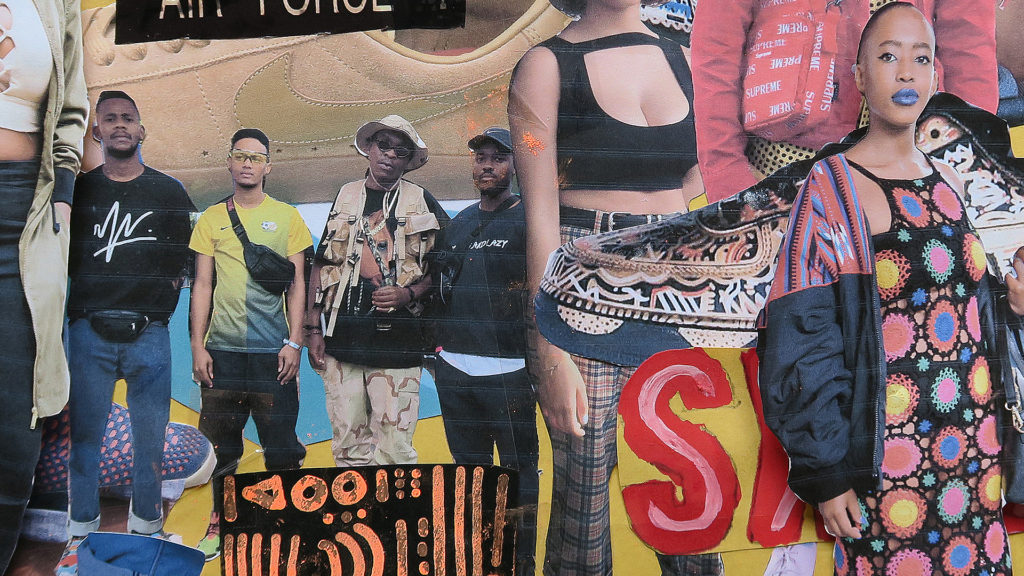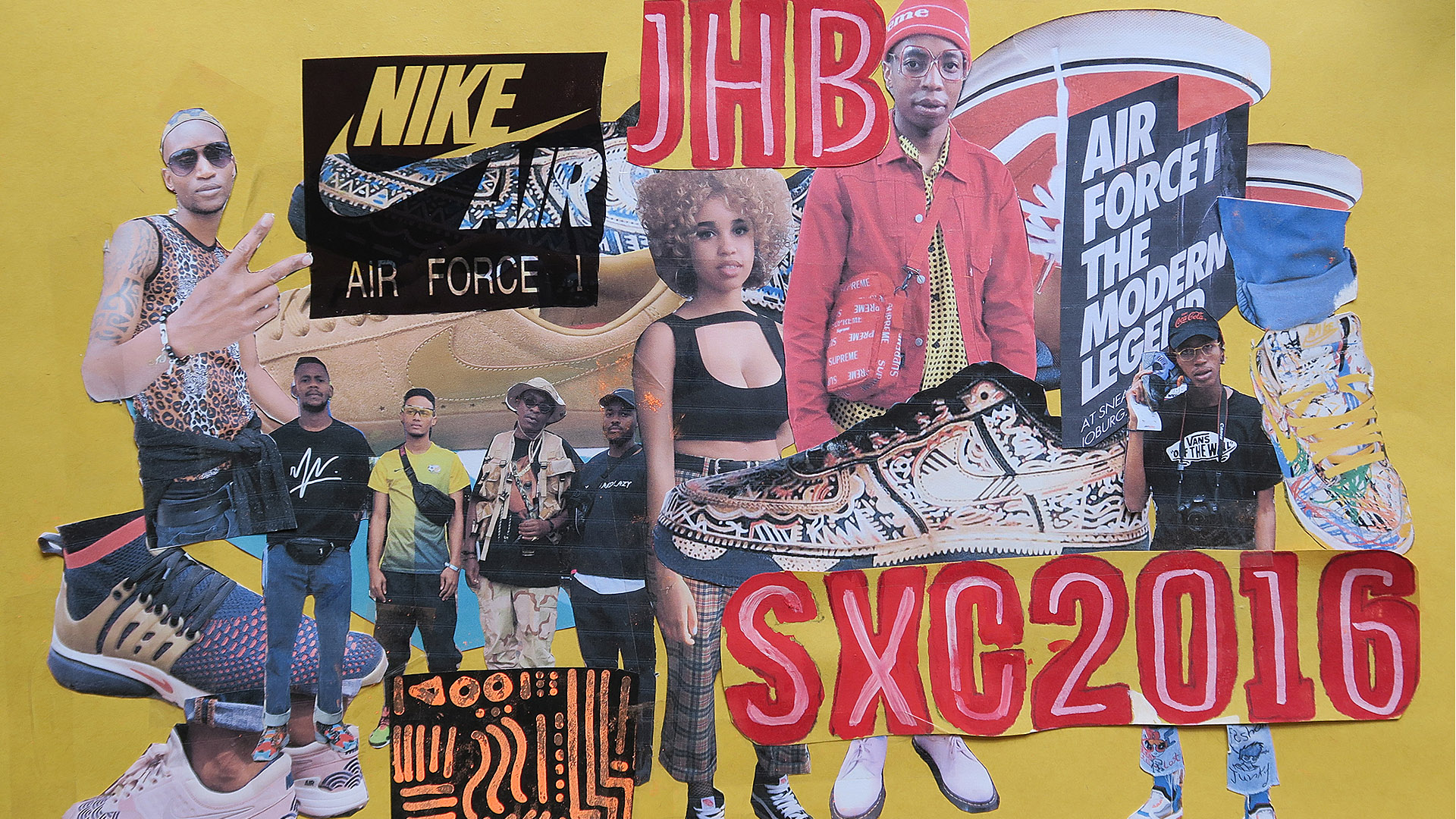In February of this year, the State of the Nation address aired on South African television. At the same time, the second season of Ayashisa Amateki launched on SABC 1. Whether as a consequence of our disillusionment with politics or the rise of South African street culture, the show for sneaker-heads attracted more viewers. Our country’s youth — who make up more than 60 percent of the population — care about takkies. While it’s easy to dismiss this footwear fever as a case of rampant materialism, sneaker culture has become embedded in the way that young people seek recognition, status and belonging — an expression of their artistry, their struggle, and their aspirations. It’s no wonder then that the Sneaker Exchange, South Africa’s largest sneaker event, has something to tell us about The State of the Nation.
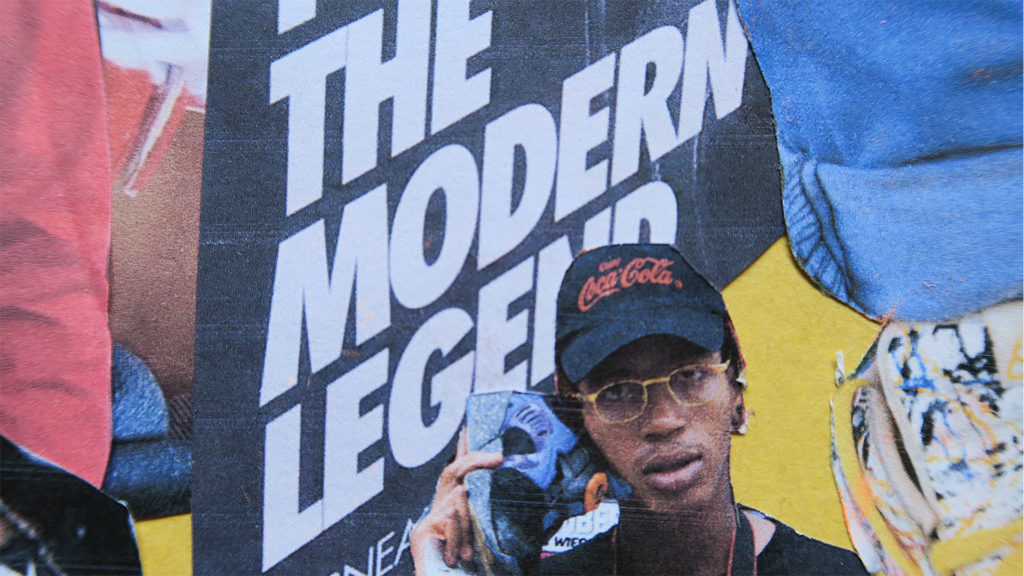
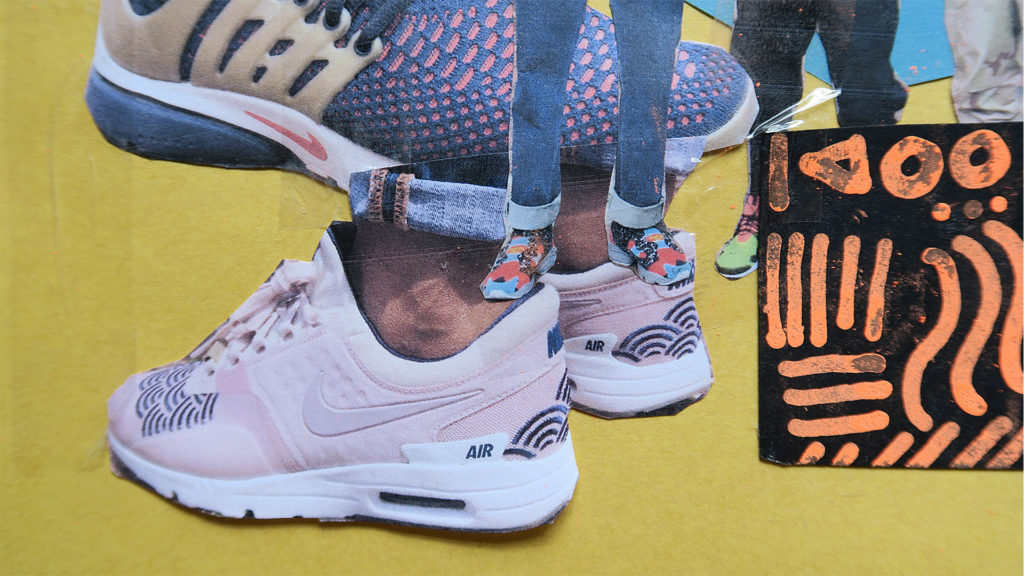
The JHB Exchange was best viewed ten centimeters off the ground: Lumo Nike Flyknits, Red Octobers, Bape Camo NMD’s, all black Airforce 1’s. While some say fashion trends converge to uniformity, our sneaker game is a kaleidoscope of varied brands, audacious colours, high and low tops, and unique customisation. The Sneaker Exchange crowd laced sneakers around their necks, slung Converse from their belts, and clung to new shoe boxes. Collectors, resellers, retailers and enthusiasts, the city’s biggest sneaker heads were out in force: Tusa of Dip Store, Mkay Frash of Hunting for Kicks, collector Farhan Esat, and Zaid Osman himself, the founder of Sneaker Exchange and Lost Property.
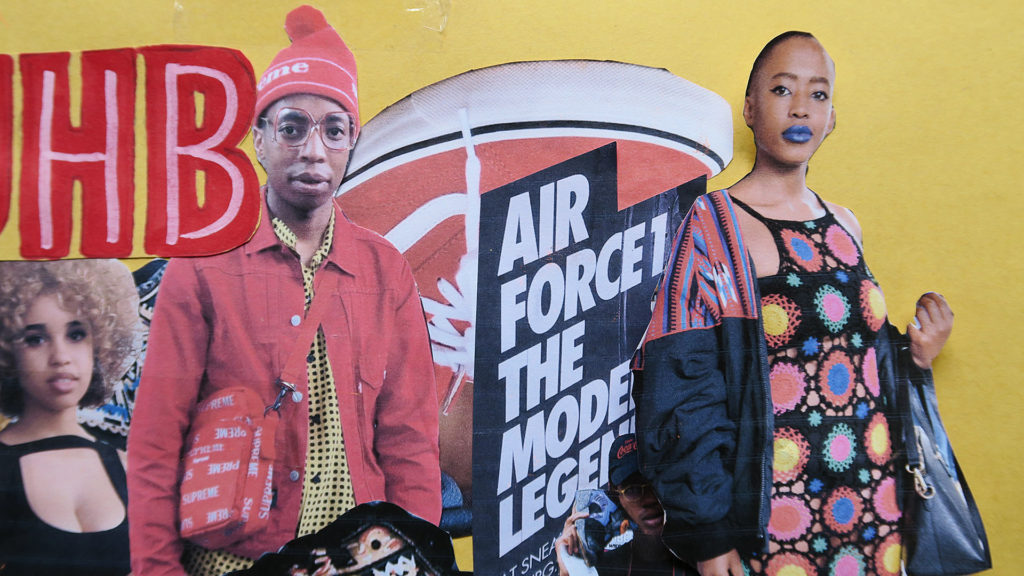
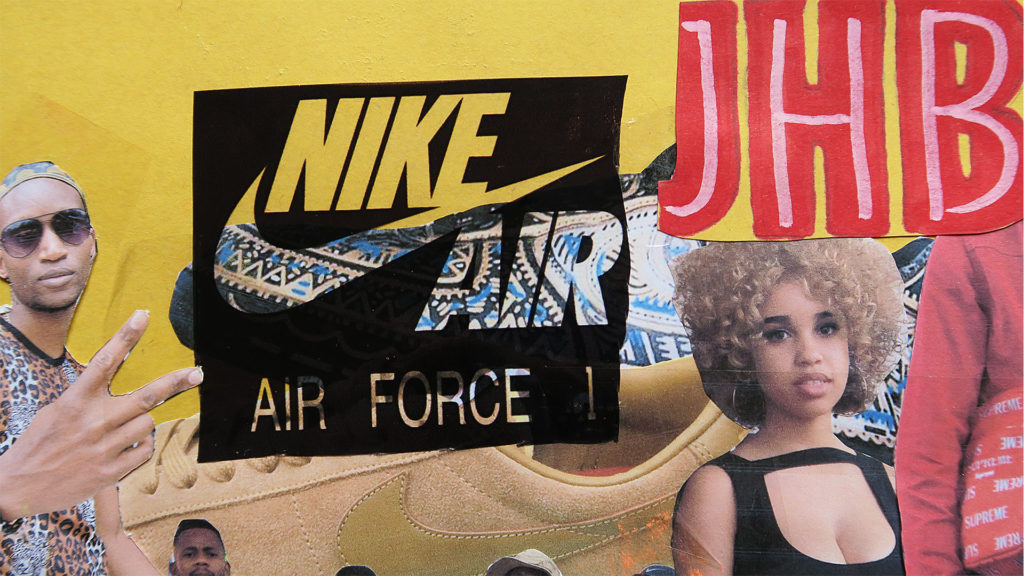
From our richest celebrities and Instagram influencers; to schoolkids and township youth: sneaker culture is alive and kicking in South Africa. YoungstaCPT told us even ‘Bergies have kwaai takkies.’ But while sneakers might appeal to everyone, part of this appeal is in their exclusivity: that rare pare of Airs, the limited edition New Balance. It’s about fitting in, signaling membership to ‘the scene’ and sometimes to your brand of choice. But it’s just as much about standing out in uniquely customized, exclusive releases.
Youngsta unravels the laces between personal narrative and local sneaker culture in his 2016 release ‘Takkies’, the entry single to the HuntingForKicksSteezSession. In it, he speaks of the struggle to ‘make it’, growing up in a crime-ridden neighbourhood, cleaning his kicks with a toothbrush, and the social currency of dressing well: a life told through sneakers.
‘When I was eight
I tried my first pair of Jordans on
As my mom, ‘Can we buy these?’
She said ‘Sorry son, I just can’t afford’
So I hustled the money cos I really wanted to own it
Boys in the hood, they saw me with it
So they broke in the house and they stole it
It was all for the Takkies’ – Youngsta CPT/ Takkies
We have long since looked to rap to tell sole stories. In the chronology of kicks, hip-hop and sneaker culture have had a symbiotic relationship. In 1986, for example, thousands of Run DMC fans sent their shoes to the sky: sneakers hovering over Madison Square Gardens, while the crowd chanted ‘My Adidas’. Since then, we’ve seen Wu Tang Clan Nike’s, ASAP Rocky Adidas, G-Unit sneakers, Jay Z Reeboks, and the Yeezy Boosts. Wearing the same sneakers as your idols, whether musicians or basketball stars, has for decades made young people feel like they were snatching pieces of their success. In this way, kicks can embolden people, sometimes giving even the most marginalized a feeling of access to power.
Now
Me and my Adidas do the illest things.
– “My Adidas,” from Run-DMC’s 1986 album “Raising Hell.”
Consumption, and indeed brands, become one of the ways in which we tell our life narratives, both to ourselves and to others. ‘Street Dreams are made of Takkies’, Youngsta reminds us. The tug for takkies can knot us into relentless and expensive quests for acceptance. But takkies can also be transgressive. They’re prohibited in the corporate workplace, and dispelled from the dress-codes of many clubs and restaurants. The red and white Jordan 1 prototypes were banned by the NBA for being ‘too colourful’. By rocking sneakers, ‘we wear what we like’.
South Africa’s sneaker game is much younger than in The States. It’s taken a while to gain access to the latest merchandise, but the country’s kick craze is on the rise in its two largest metropolises. Cape Town sneaker heads are famous for their big Air Max units, known as Bubbles. In the Cape, streetwear stores like Lost Property and Shelflife have been drivers of the city’s sneaker culture; while in Jozi, Shesha, Dip St. and Anatomy are nuclei for the takkie scene, with Braamfontein serving as a key meeting-point for kids with kicks.
As in The States, South Africa’s dual rise of hip-hop and sneaker culture have been mutually re-enforcing. The intricate webbing between streetwear and the rap game were on full display at the latest JHB Sneaker Exchange. Riky Rick staffed a store selling limited edition Sidlukotini T-shirts, supported by Art Director and style icon Didi Monsta; DJ Speedsta came out with a line of Tees to commemorate his smash-hit single, Mayo; And finally, Anatii launched his Artiifact collection. The afternoon’s soundtrack was hip-hop, featuring performances from Mashabhuqe, Shane Eagle, Nadia Nakai, Nasty C, YoungstaCPT and Ready D. Sneakers have also laced themselves into local lyrical content:
“Man it’s amazing when you from the bottom/ Nike kicks I gotta cop em” – Nadia Nakai/ Money Back
“You fresher than every rapper and every sidekick/ What happened to the Nikes and the pictures you posted of Mikey?” – Cassper Nyovest/ Le Mpitse
“I got my T-shirt and sneakers on/ No-one to mess around with” – A-Reece/ Goodnight
“So grab your Nike’s/ Adjust your eye keys” – AKA/Do it remix
“You come correct/ like a tick/ Nike” – Rouge/Mbongo-Zaka
It’s no wonder that sneakers and artistry so often collide: there’s art in the kick game. “My outfit is Pablo Picasso”, says Youngsta, “I have impeccable dress code”. Locally, we’ve seen artistic collaborations between New Balance and graffiti artist Dr Zulu; as well as Eytys and Ester Mahlangu. While the former created a black and gold trainer inspired by Jozi’s ‘Egoli’, the latter saw Ndebele prints transposed onto Swedish sneaker. We’ve also witnessed exemplary artistry in customization from creatives like Black Faff. At this year’s JHB Sneaker Exchange, illustrator Lazi Greiispaces partnered with Nike Airforce 1 to bring us a live art installation. Weaving patterns of marker pen on takkie leather, the local artist is creating beautiful art-in-motion. At this year’s MTV Africa Music Awards, Caster Semenya donned a pair of his customized kicks — connecting sport, art, sneakers, and music in ways that have become so characteristic of the culture.
These days, Sneaker Exchange attracts more than 2000 impeccably-clad feet through its doors. These numbers are only set to rise as South Africa’s youth continue to vote with their feet.
